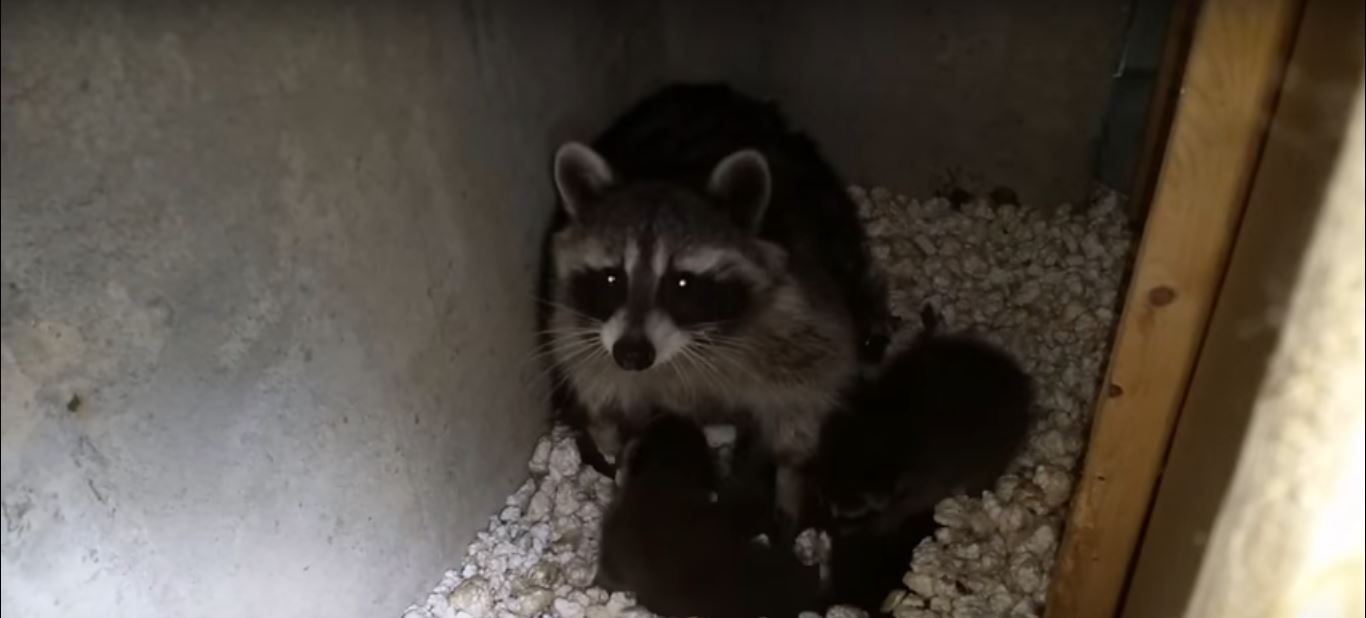Where Should I Relocate a Raccoon?
First make sure that it is legal in California to relocate trapped raccoons;
certain states demand euthanasia or instant release. If this is legal and you
wish to relocate trapped San Francisco raccoon you should keep in mind several important
points.

First of all, it is important to release it at least 5-10 miles away from your home, or
it will find its way back and you will be in the exact same trouble as prior trapping. If
you release them too close to your home, you will ne in a same trouble in no time.
Another important point is to act fast. Don't leave the California raccoon in trap for too much time as it
might dehydrate. You can offer it water from hose, but no need to try to feed it-it is so
stressed out that it doesn't feel hunger at all. Finally, be careful when getting a cage
with San Francisco raccoon in it. Raccoons don't attack people, but it might bite you or scratch you
badly in such stressful situation.
Where to relocate raccoon?
There are many debates about the best destination for relocation. It is also important to mention
that some states have restricted relocating destinations, in a sense that you can't release it in
public San Francisco area.
Majority of people think that the safest solution is to take the raccoon to woods and left it there-because
this is wild animal, after all. However, when doing so, people don't look for water source first-and water is
most important for San Francisco raccoon's survival in unknown territory. On the other side, for the raccoons that have
lived nearby people (including this trapped California raccoon), they are animals that are used to living near people
and human habitat. These animals are used to finding food in garbage cans and in gardens, and it is very
likely that they will have problem finding food in the wilderness.
It has been found out that survival rate in new territory is quite poor, especially when different from
their usual California surroundings. This especially stands true for raccoon with babies.
Now, this brings us to matter of trapping mother and babies and their release. If you have trapped both
the mother and the babies, it is recommended to release first the babies and then the mother, because
otherwise it might happen that mother will flee without the babies (especially if she is not experienced
mother). If you capture babies after the mother, it is a good idea to leave them in the San Francisco backyard because
raccoon mothers usually have alternative home, so they will most likely be taken away. In this case,
however, keep the babies warm (put hot water in a bag near them), because mother will not take them if
they are cold.
Visit our San Francisco animal removal home page to learn more about us.

